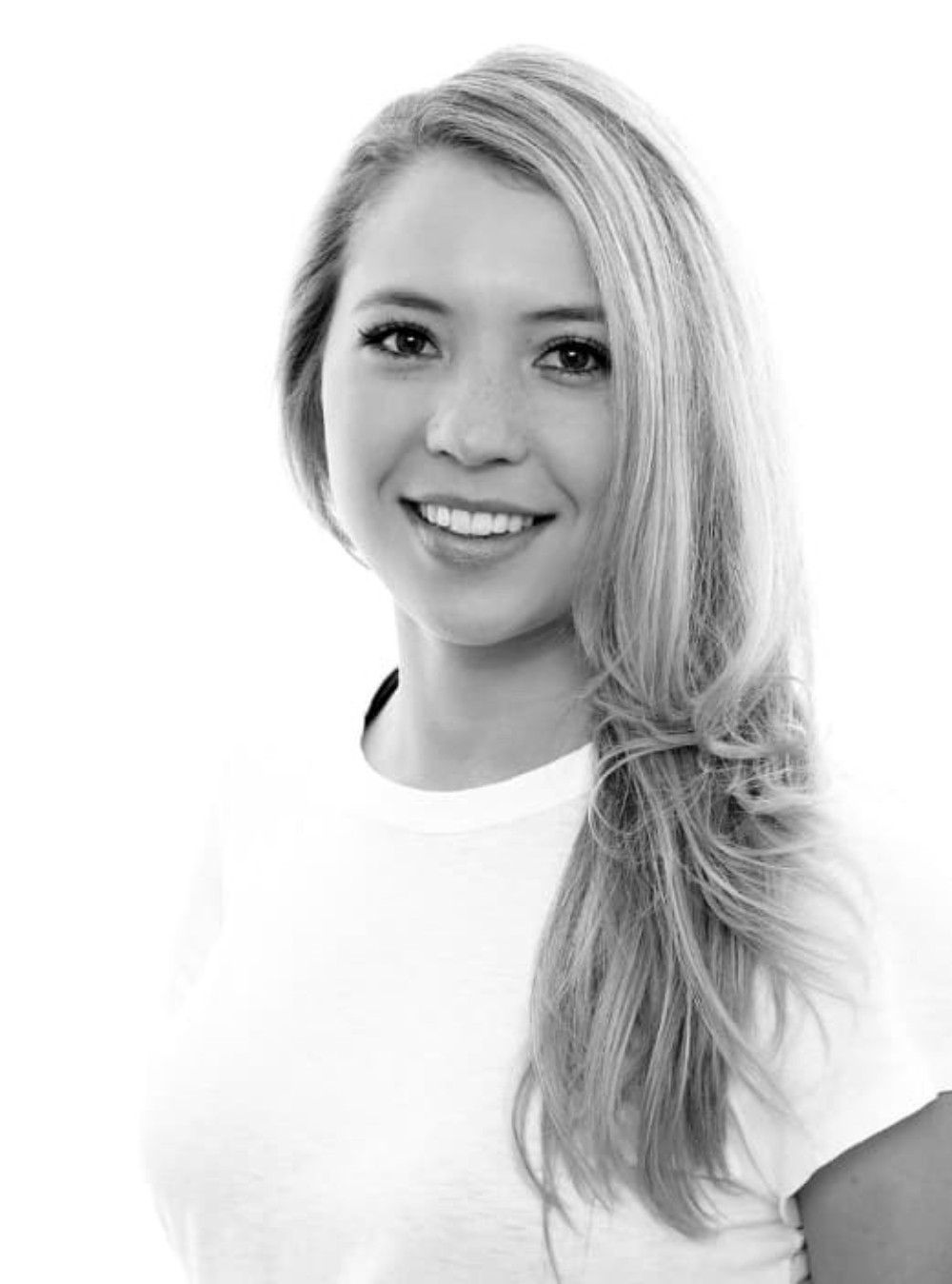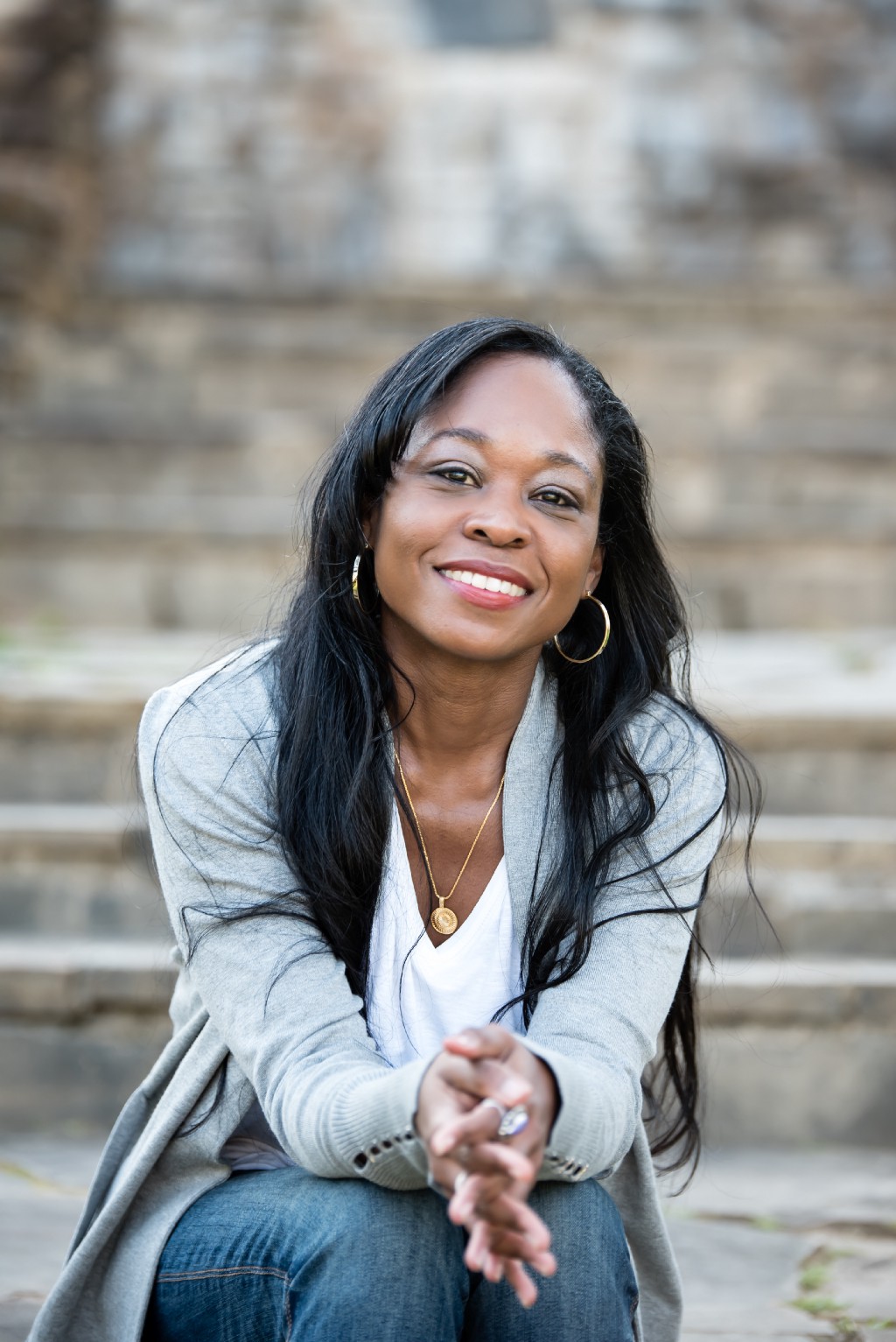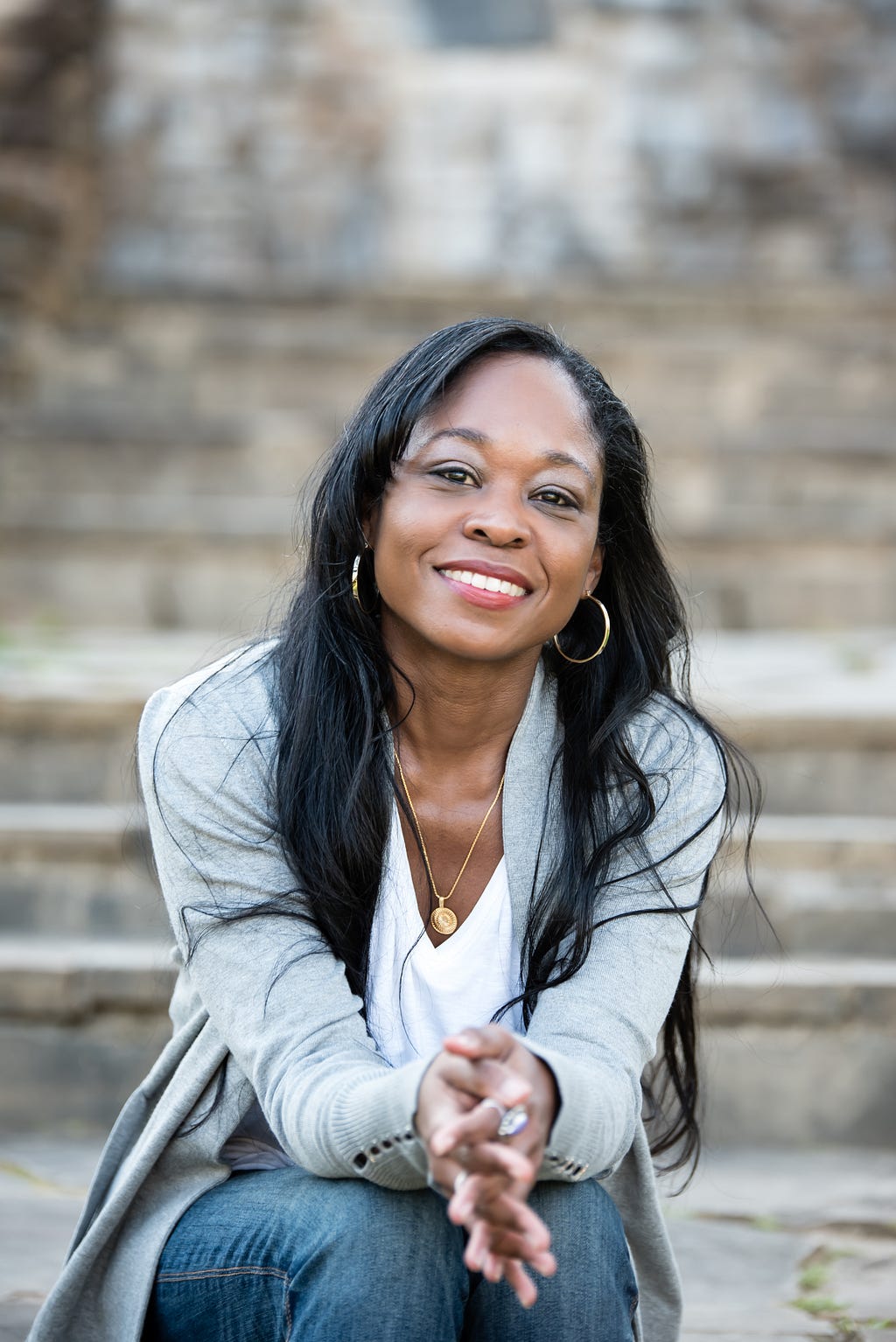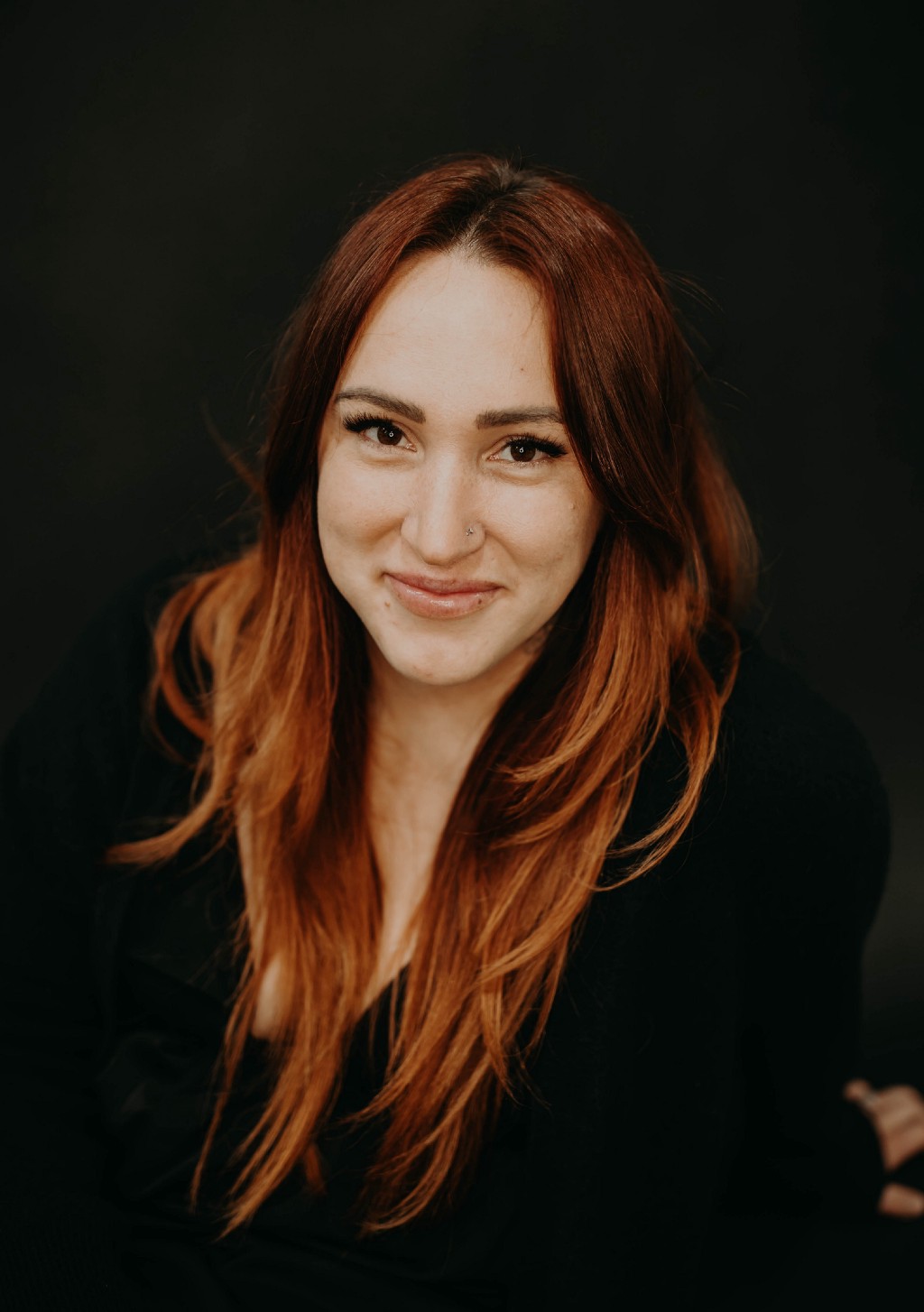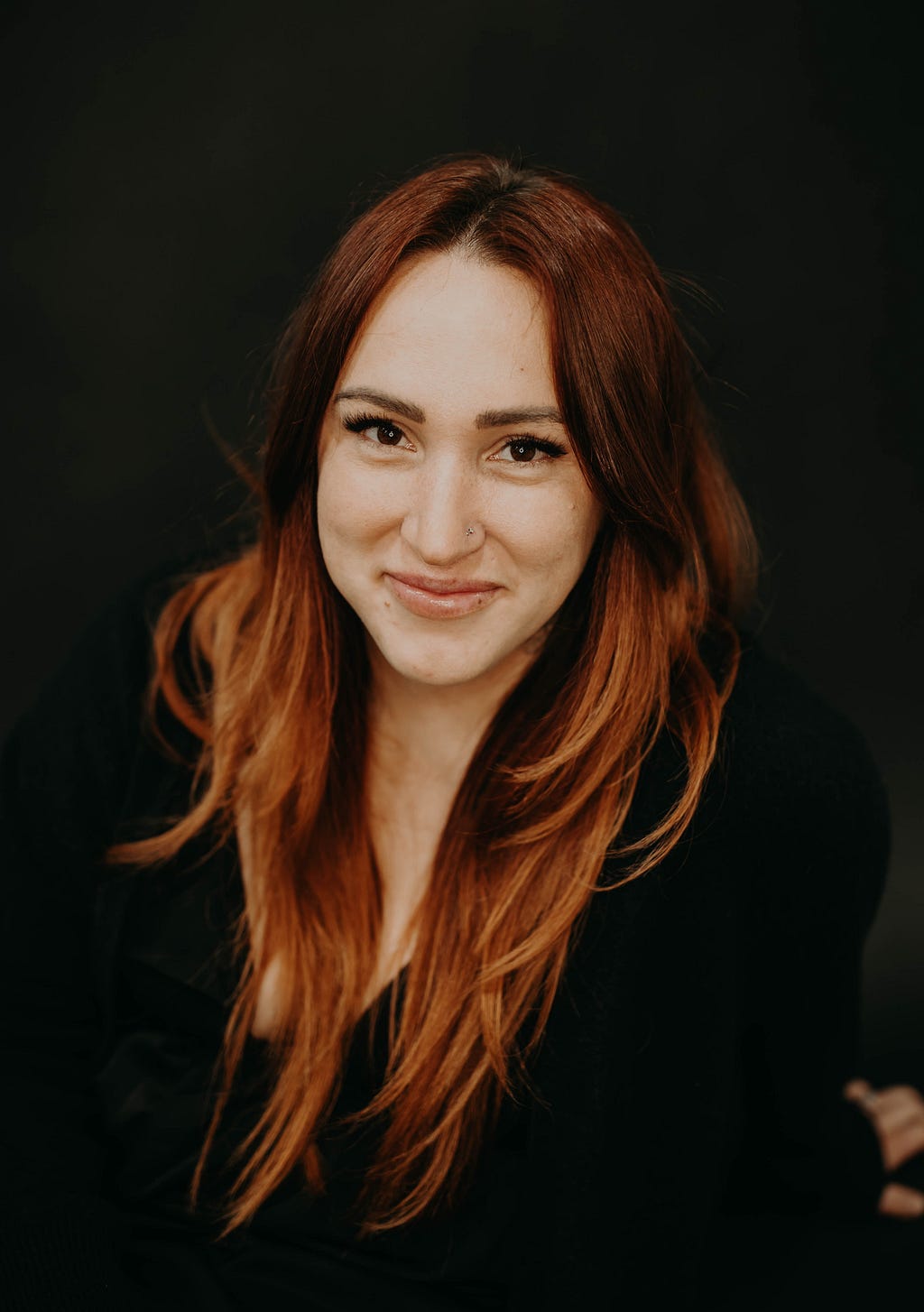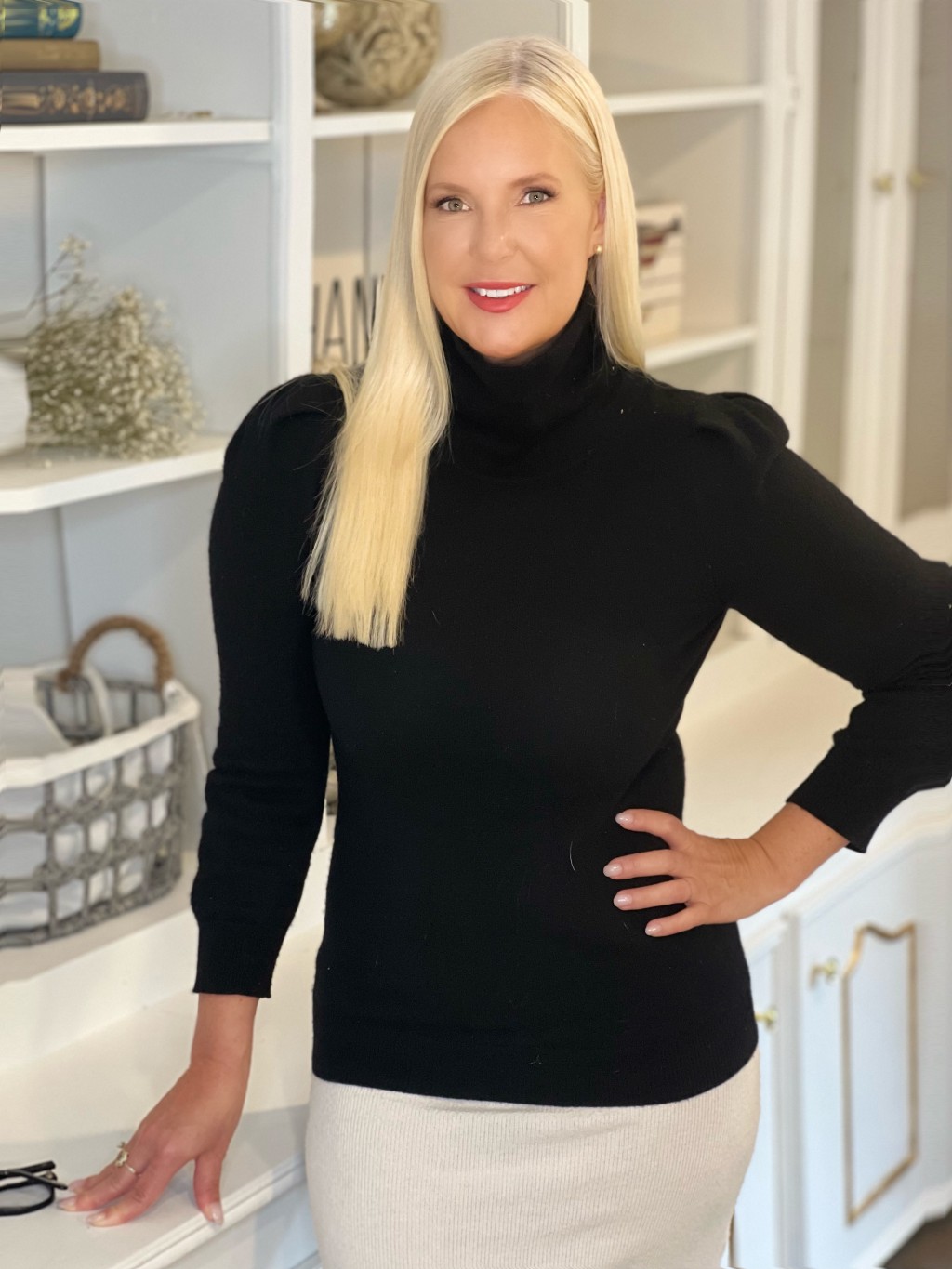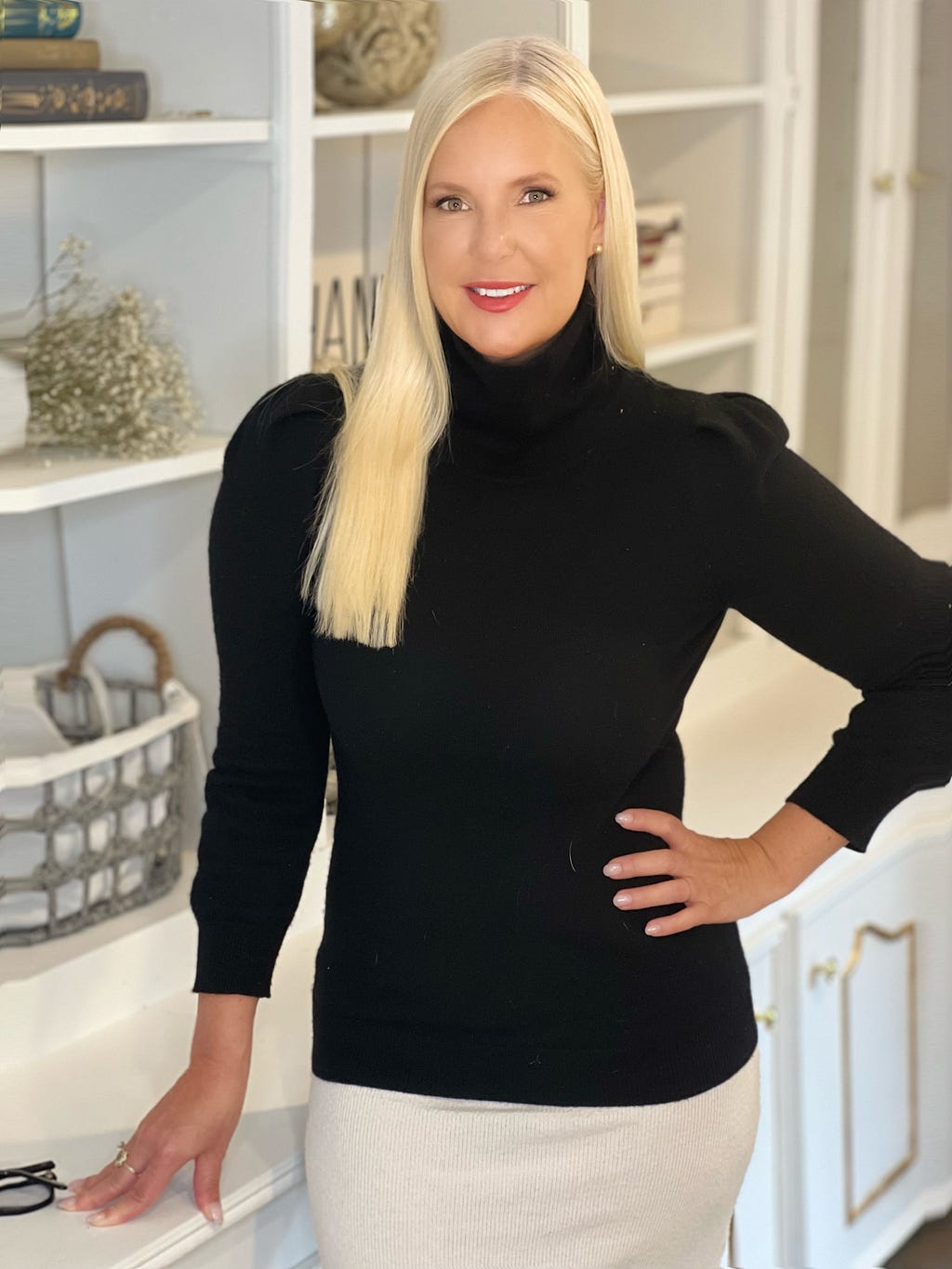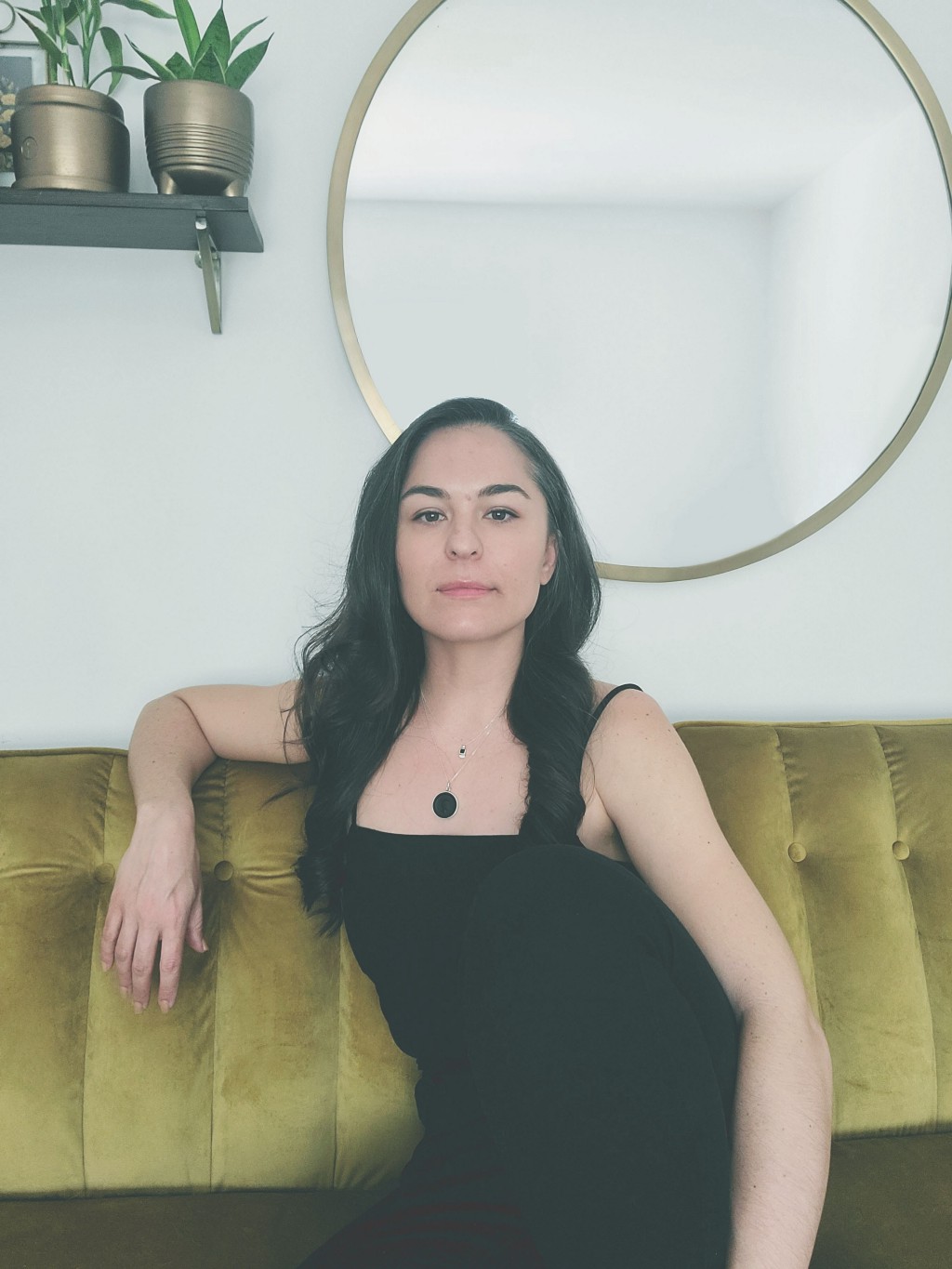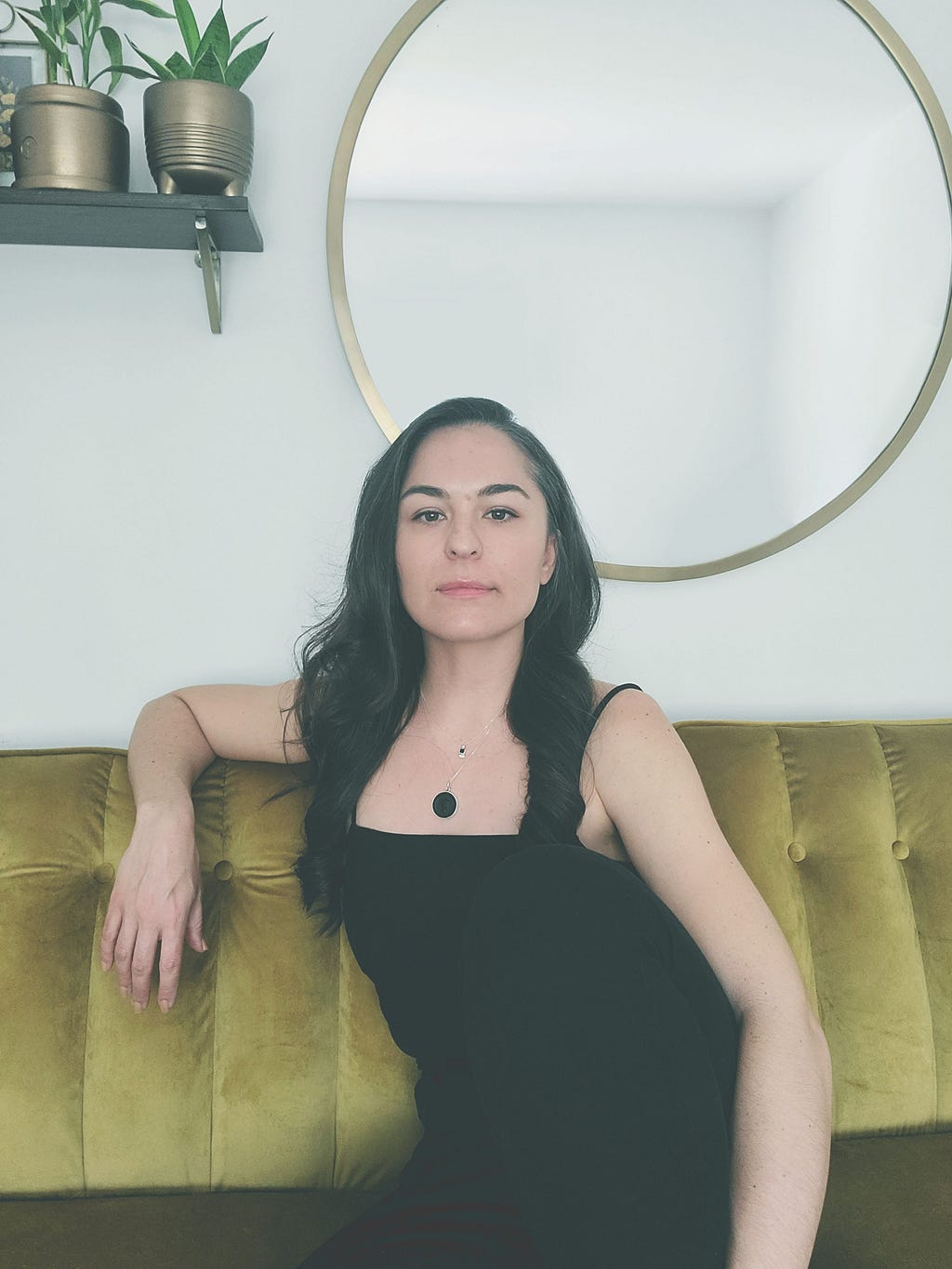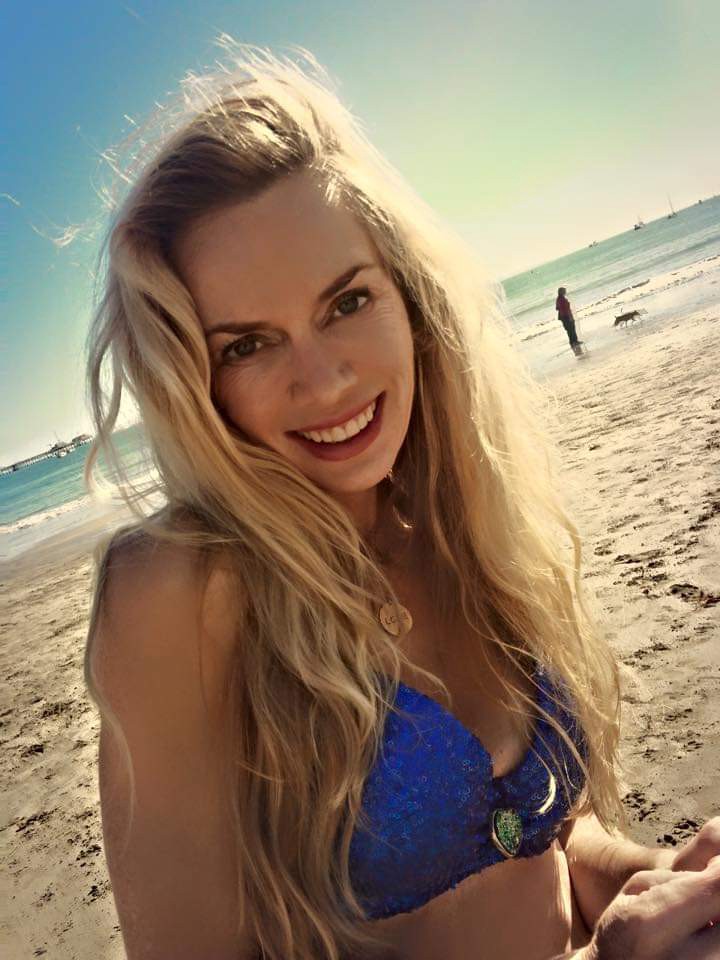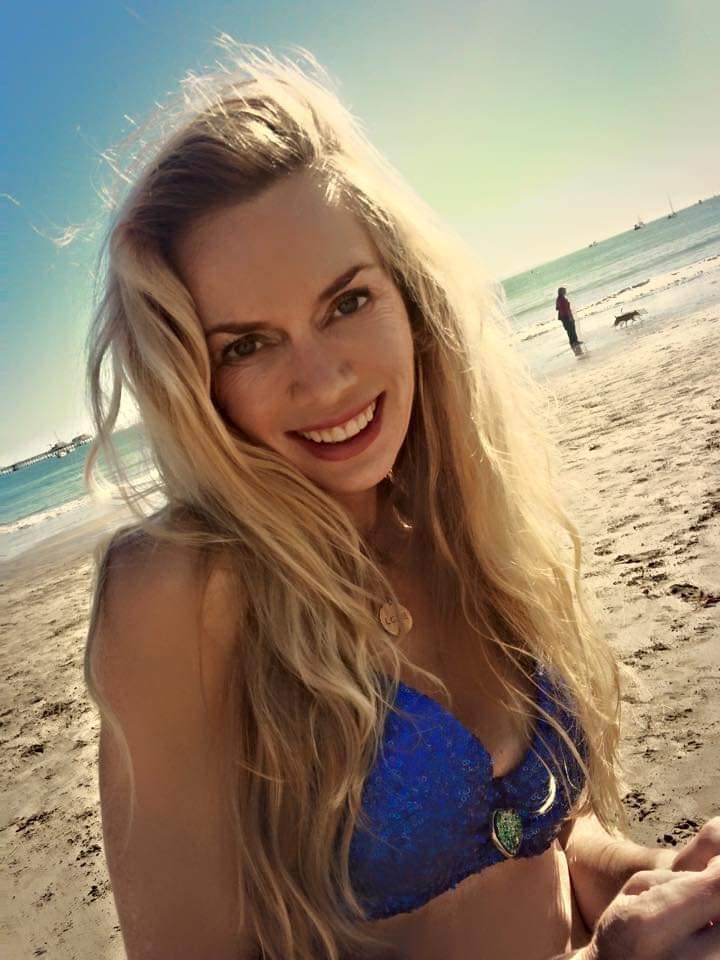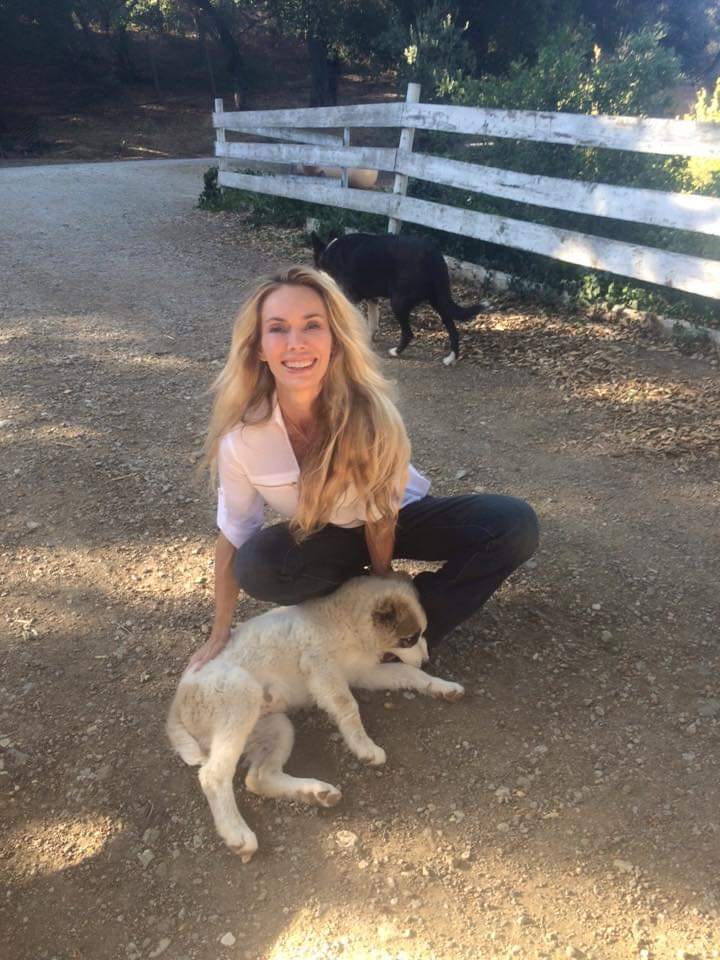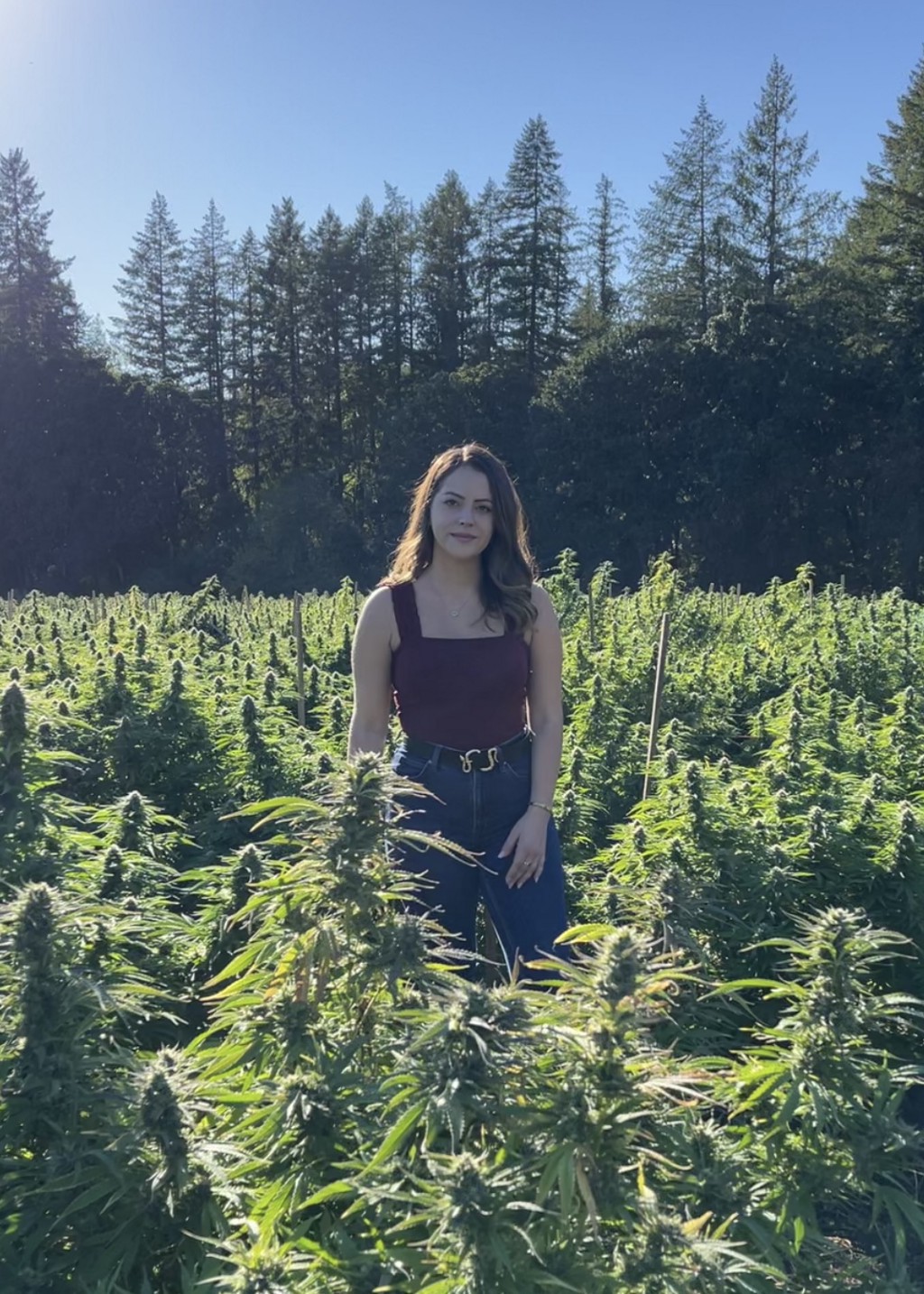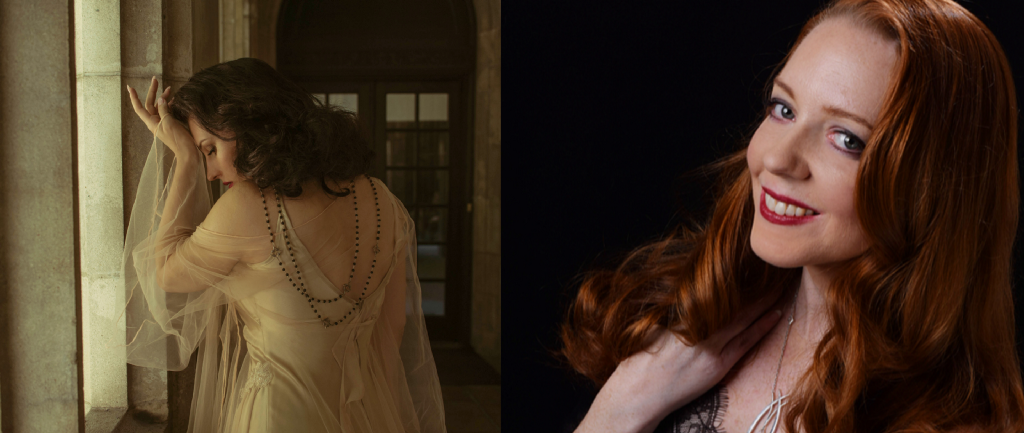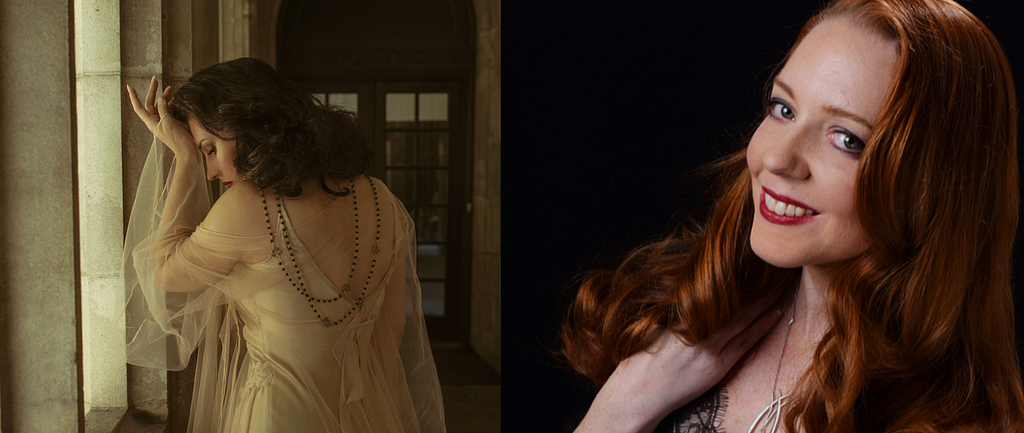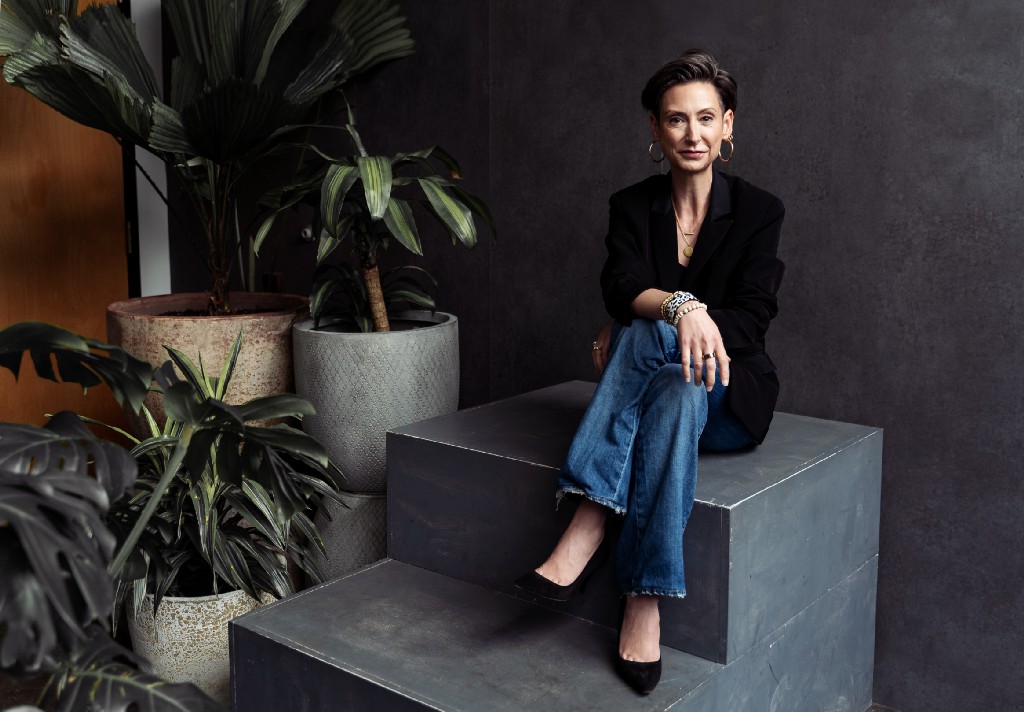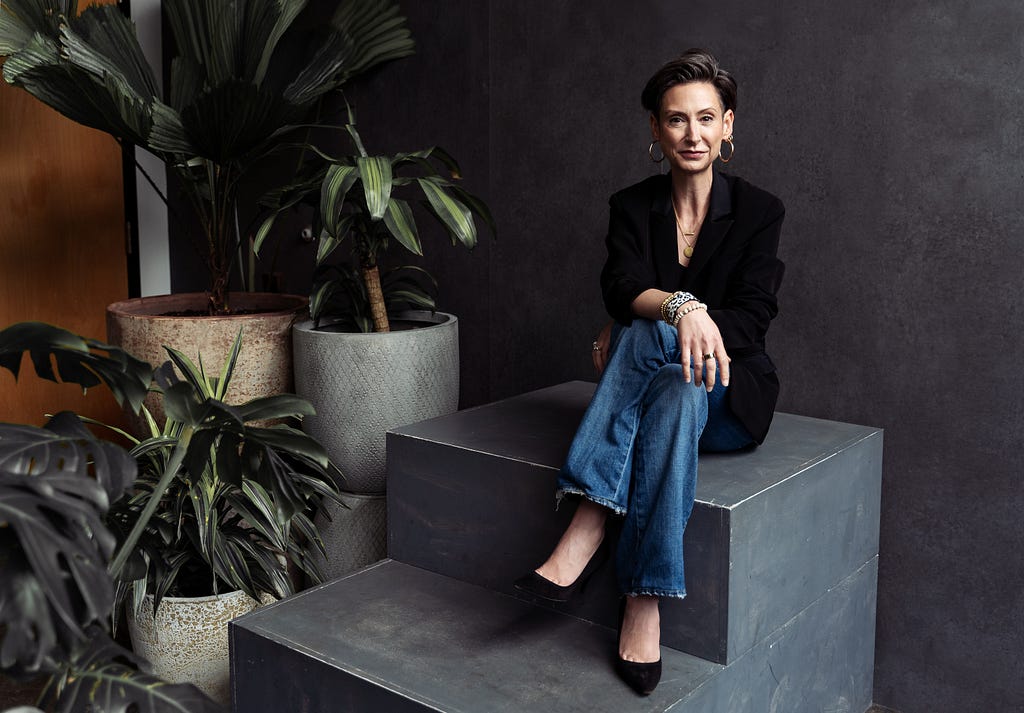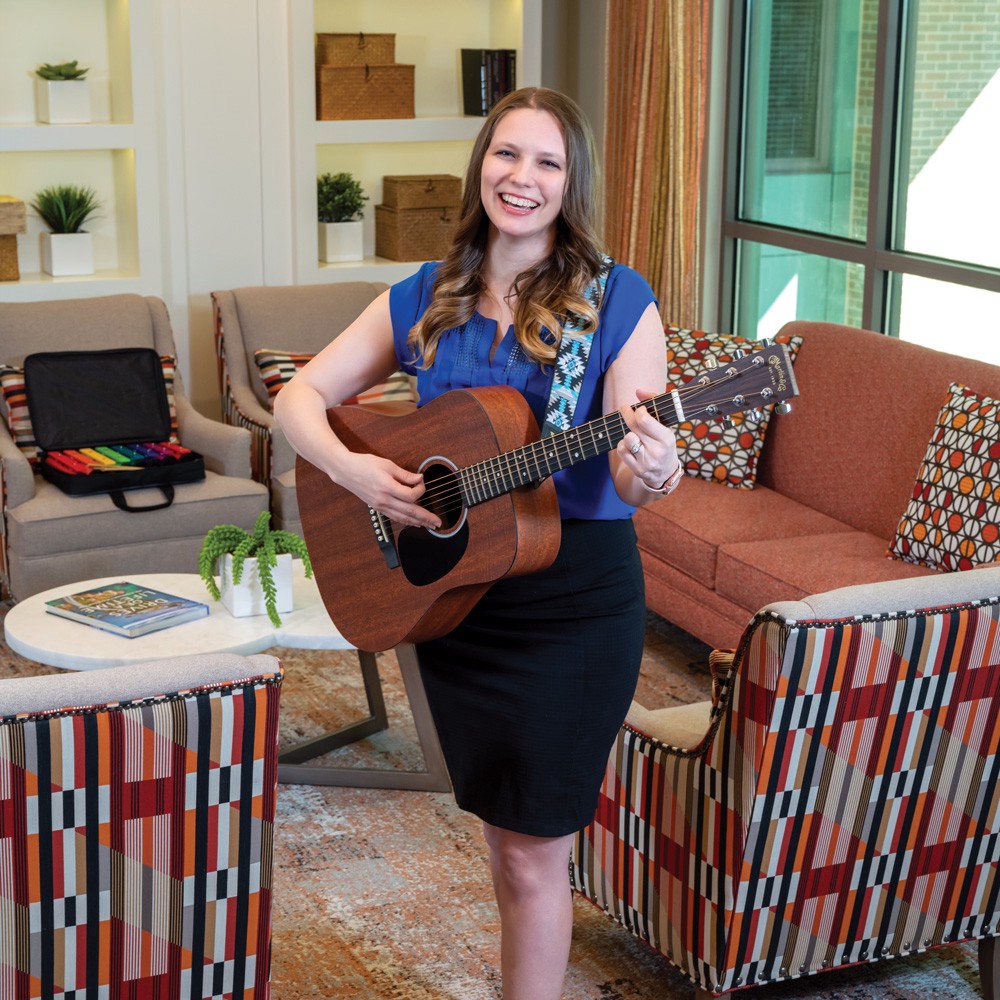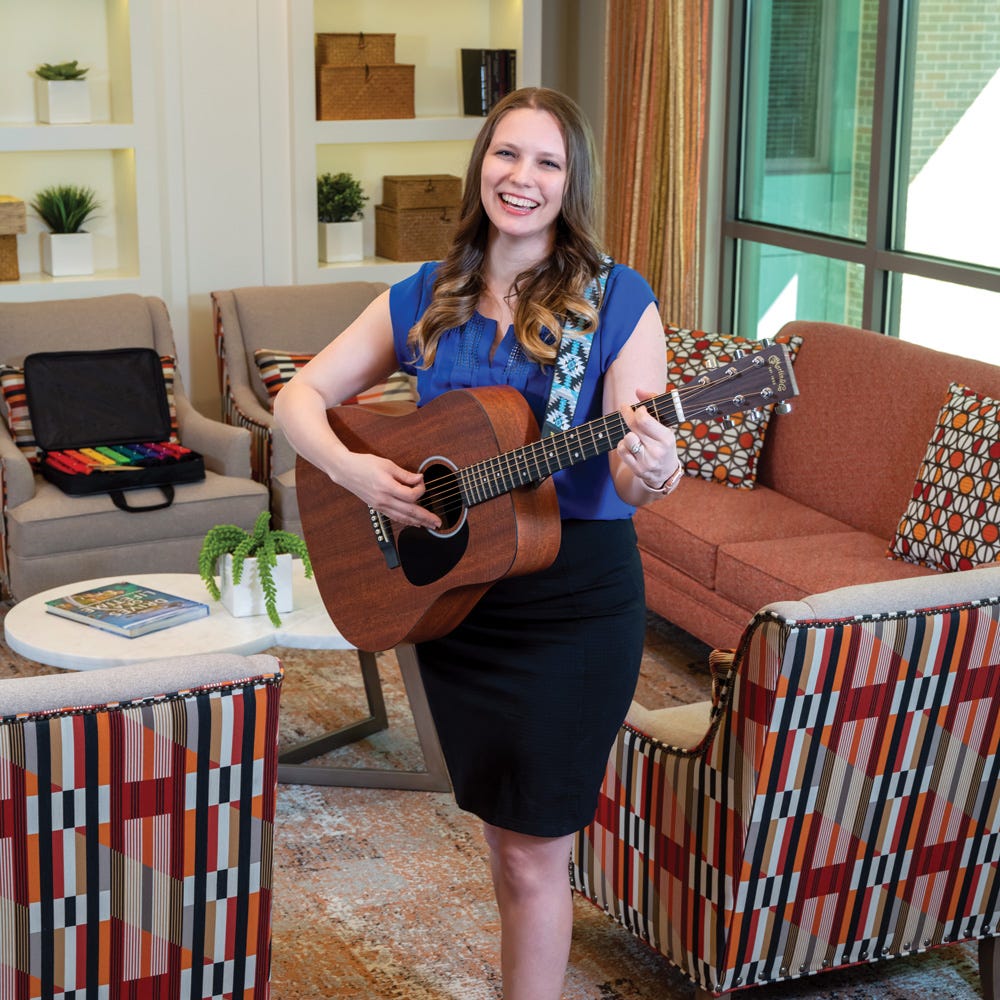An Interview With Candice Georgiadis

I want to inspire the world to join the modern human potential movement, both tech creators and technology users. I want tech creators to join together in a larger movement to build positive technology and for technology users to have access to technology that helps them self-actualize.
As a part of our series about women who are shaking things up in their industry, I had the pleasure of interviewing Courtney Bigony. Courtney is on a mission to unlock human potential at scale and invented a new method for creating human potential technology called Positive Product Design™ to do just that. She is a Strategic Science Advisor at 15Five, the first company to implement the method to unlock human potential at work, and founding member of The Positive Product Design Collective, an invite-only community established for companies and tech creators who publicly pledge to design for good and help humanity thrive together. She holds a Masters of Applied Positive Psychology from the University of Pennsylvania where she studied with Martin Seligman, the father of positive psychology.
Thank you so much for doing this with us! Before we dig in, our readers would like to get to know you a bit more. Can you tell us a bit about your “backstory”? What led you to this particular career path?
My career path is far from traditional. I went from being a full-time yoga instructor to becoming a Silicon Valley tech leader. My journey started in college, when I wrote my honors thesis on authenticity at work. I was always drawn to this idea of self-actualization and human potential and was inspired to bring these ideas to the workplace, because it’s where people spend the majority of their lives.
I was a yoga instructor for several years before transitioning to People Ops (HR), a move I made because I thought it would best position me to help people thrive at work. Entry level roles for women tend to be admin-heavy, but I went into the position with a “no-admin-work” rule (research shows women are disproportionately given office housework). So, I had to find a way to move beyond admin work and impact the business in a way that was aligned with my strengths and interests.
I have always been drawn to TED Talks and books on business psychology (think: Drive by Dan Pink, Peak by Chip Conley, Start with Why by Simon Sinek) and learned about the science of thriving workplaces by following academic thought leaders like Adam Grant and saw science as an untapped resource to design the world’s best workplace.
I job crafted a new role six months after being hired that allowed me to build people programs, including onboarding, recognition, performance management programs, out of the latest science.
Inspired to help this science spread even farther, I created a website called The Deep Feedback Movement where I broke down complex research into actionable tips to inspire other companies to develop their own innovative people programs.
The website captured the attention of 15Five CEO, David Hassell, who hired me to instill 15Five’s product with the latest science. My first task was designing my job description where I drew upon my strengths, passions, and interests to define a role that would benefit both myself and 15Five.
Can you tell our readers what it is about the work you’re doing that’s disruptive?
I’m on a mission to unlock human potential at scale and invented a new method for creating human potential technology called Positive Product Design to do just that. In short, it teaches tech creators how to use science to innovate healthy product features.
To truly make an impact, tech creators and leaders must measure the impact of their products and whether they are truly unlocking human potential. This is why I, with cognitive scientist Dr. Jeff Smith and leading self-actualization scientist Dr. Scott Barry Kaufman, developed the Human Potential Index, which is currently the most complete measure of human potential for tech creators.
Outside of developing these tools, I lead people science at 15Five, a human-centered workplace technology company and the first company to use the method to unlock human potential at work. I’ve helped them design and build features into their platform that help thousands of organizations unlock psychological safety, increase intrinsic motivation, and strengthen relationships at scale, as well as help people foster a growth mindset, promote nonviolent communication, and counter biases. I am also developing the world’s first self-actualization software to help individuals unlock their unique strengths, purpose and potential.
Can you share a story about the funniest mistake you made when you were first starting? Can you tell us what lesson you learned from that?
My greatest mistake along my journey was expending my finite energy and attention on non- allies or only partial allies. It took me a long time to understand how draining it can be to waste energy on a situation that doesn’t give back. I’ve learned to only spend my attention on true allies and people who are 100% committed to my success. And for all the non-allies, I don’t reward their behavior with my attention.
We all need a little help along the journey. Who have been some of your mentors? Can you share a story about how they made an impact?
I am very lucky to have studied with Martin Seligman, the father of positive psychology at UPenn. He has been a key figure in transforming psychology, similar to Freud or Maslow. While the majority of psychology has focused on curing illness, humanistic and positive psychology focus on how to thrive and lead a self-actualized life. Many of the top academic thought leaders and TED Talk speakers in the world flock to Marty’s program to be part of the community, teach, and spread their science.
One of my professors in the program, Adam Grant, has also deeply shaped my thinking. He instilled a science-first approach in me that I have used to develop everything from people programs to product features. It’s been revolutionary.
In today’s parlance, being disruptive is usually a positive adjective. But is disrupting always good? When do we say the converse, that a system or structure has ‘withstood the test of time’? Can you articulate to our readers when disrupting an industry is positive, and when disrupting an industry is ‘not so positive’? Can you share some examples of what you mean?
I believe most structures and systems need to continually evolve. So many women are held back by outdated systems — for example companies that don’t pay and promote women well or don’t have a strong parental leave policy.
Science on grit shows the most successful people strategically place themselves in environments that are designed for them to succeed. When it comes to where women choose to work and what systems they place themselves in, I urge women to vote with their feet and only work for positive, conscious leaders who create the conditions for their success. In other words, rather than spending time battling a broken system, it’s better to spend time finding the right system to be in.
Women who place themselves in the right environment are more likely to rise to the top and can then develop systems that help others succeed. For example, Melinda Gates chose to work for Microsoft, then an up-and-coming company, early on in her career — long before she met Bill Gates. She chose it over IBM because oftentimes it’s much easier to have impact and move up in a smaller company. She worked her way to the top, co-developed the Gates Foundation and is now a global advocate for women and girls.
I have found there are a few ways women can place themselves in the right systems:
- Work for smaller companies and start-ups because there’s less bureaucracy and red tape to deal with. It’s much easier to disrupt and break the rules in smaller companies and pave your own way.
- At this moment in history, the majority of CEOs are male. I would like to see a shift in the workforce towards women choosing only to work for companies with positive, conscious founders who intentionally create the conditions for women to succeed (think: Brit Morin at Brit + Co, Dustin Moskovitz at Asana, David Hassell at 15Five, and any founder who has worked with Diana Chapman’s Conscious Leadership Group).
- Focus on founders over big company names — the rest of the company is a reflection of them.
Can you share the best words of advice you’ve gotten along your journey? Please give a story or example for each.
In 2005, Steve Jobs gave a commencement speech at Stanford saying, “‘Your work is going to fill a large part of your life, and the only way to be truly satisfied is to do what you believe is great work. And the only way to do great work is to love what you do. If you haven’t found it yet, keep looking and don’t settle.”
Steve’s thinking is backed by the latest science that shows meaningful work and leveraging your unique strengths in service of a larger purpose is the key to long-term happiness.
We are sure you aren’t done. How are you going to shake things up next?
I am currently helping 15Five unlock human potential at work by supporting our customers’ HR teams, and I am also in the process of building the world’s first self-actualization software for individuals.
In your opinion, what are the biggest challenges faced by ‘women disruptors’ that aren’t typically faced by their male counterparts?
The biggest challenges faced by women disruptors have to do with economic inequality, which limits women’s ability to have financial independence, freedom, and take risks:
- Female founders secure only 2% of venture capital
- Women are penalized for becoming mothers
- Women are overrepresented in low paying jobs and underrepresented in senior positions
When women start from a disadvantaged position, it is harder to achieve equal status, let alone disruptor status.
Do you have a book/podcast/talk that’s had a deep impact on your thinking? Can you share a story with us?
In her book, The Gifts of Imperfection, Brené Brown who studies wholehearted living, shows that people with the most worthiness are also the most boundaried.
Kind boundaries are a muscle I’ve learned to flex over time and a communication tool I use every day. Most feedback and boundaries are either too soft or too harsh. When I set boundaries with others, I use non-violent communication to identify and express my feelings and needs in a compassionate way. My goal is always to set kind boundaries that get my needs met and also keep the other person feeling whole. I use this method on a daily basis.
Examples of strong boundaries that have changed the way I work:
- Saying no to admin work
- Carving my own path and adjusting/negotiating job descriptions so they leverage my top strengths
- Prioritizing rest and renewal
- Advocating for fair, equal pay
- Only working with conscious founders and leaders
- Only surrounding myself with people who give me energy at and outside of work, who science calls ‘positive energizers’
- Only attending to my allies and choosing to conserve my energy when confronted with non-allies rather than rewarding them with my attention
You are a person of great influence. If you could inspire a movement that would bring the most amount of good to the most amount of people, what would that be? You never know what your idea can trigger. 🙂
Despite human progress over time, depression and anxiety are on the rise globally and women tend to suffer from depression most. Positive Product Design was created to help people thrive at scale, so every person has the opportunity to realize their full potential.
I’ve always been interested in how to have the most leveraged form of positive impact, and I believe the way to do this is by combining technology with the latest science of self-actualization. Essentially, taking the best of the best in science and helping it spread as far as possible through technology.
I want to inspire the world to join the modern human potential movement, both tech creators and technology users. I want tech creators to join together in a larger movement to build positive technology and for technology users to have access to technology that helps them self-actualize.
Can you please give us your favorite “Life Lesson Quote”? Can you share how that was relevant to you in your life?
Brené Brown frequently quotes Howard Thurman who once said:
“Don’t ask yourself what the world needs. Ask yourself what makes you come alive, and go do that, because what the world needs is people who have come alive.”
I’ve used science to get to where I am and to discover what makes me feel most alive. Science helps the most self-actualized people (think: Oprah, Brené Brown, Albert Einstein) explore their unique gifts and leverage them to serve the rest of humanity. This positive sum game idea is known as “synergy,” where what’s good for you is also good for the world. To self-actualize, go find what makes you come alive and channel that energy toward making the world a better place.
How can our readers follow you online?
Follow me on Twitter @CourtneyBigony.
This was very inspiring. Thank you so much for joining us!
Female Disruptors: Courtney Bigony of 15Five On The Three Things You Need To Shake Up Your Industry was originally published in Authority Magazine on Medium, where people are continuing the conversation by highlighting and responding to this story.


